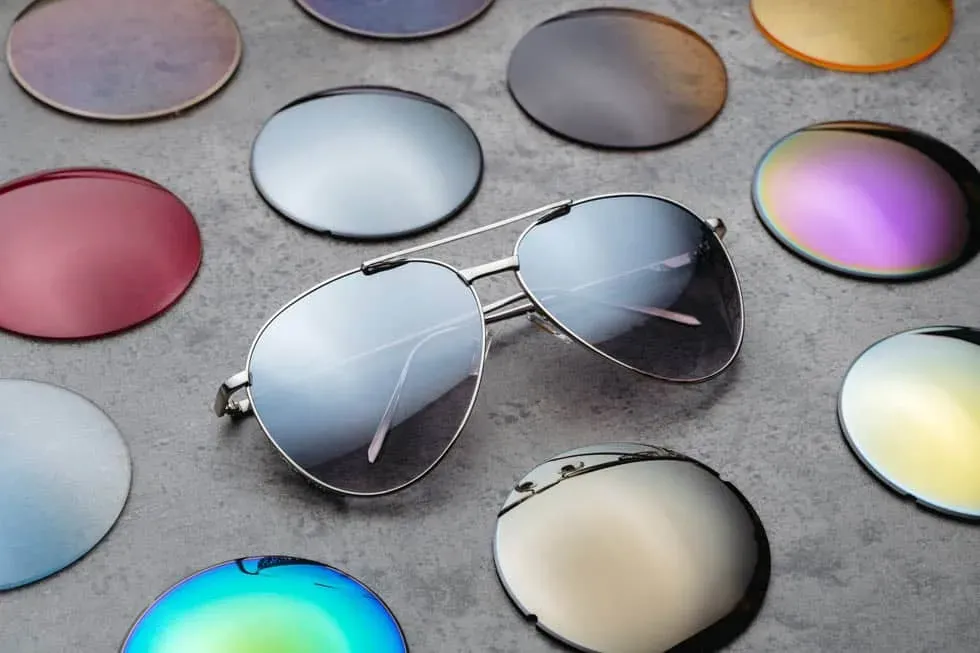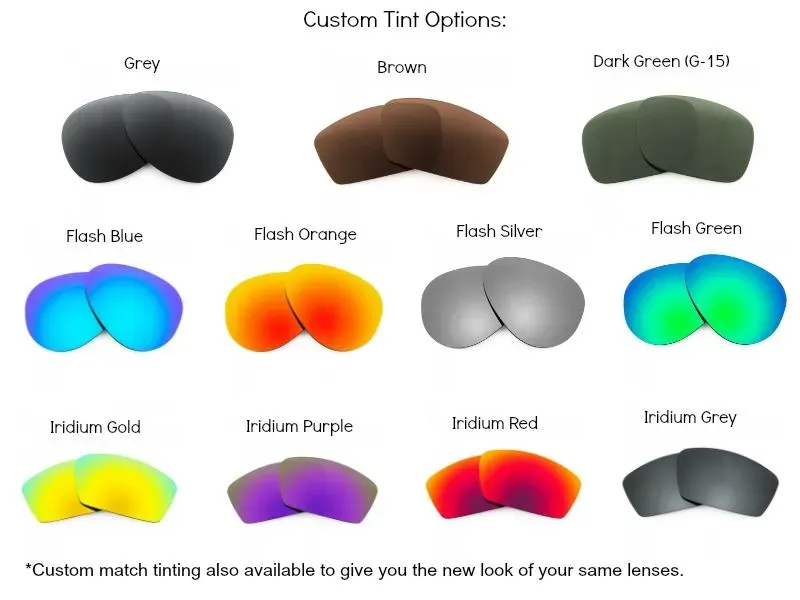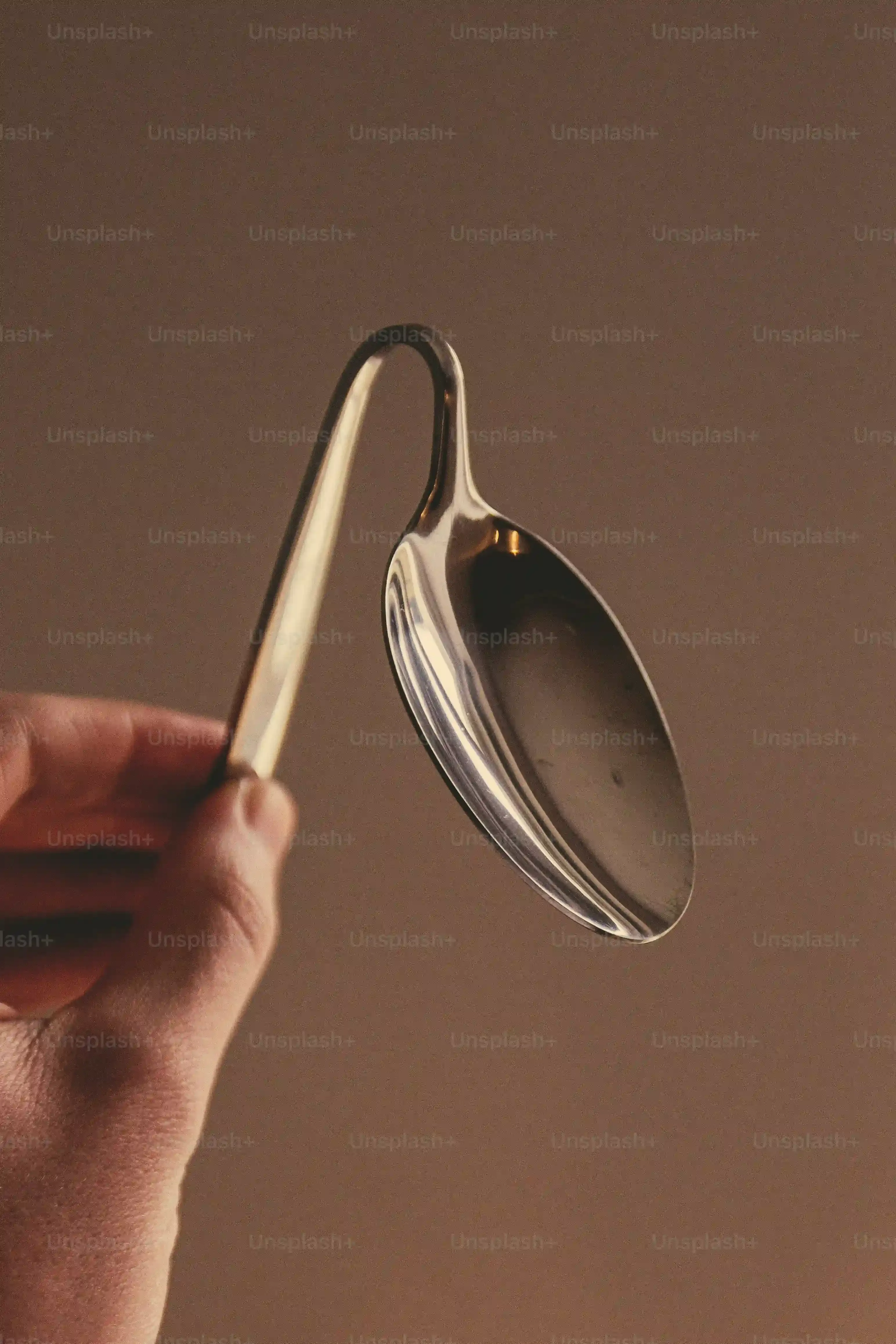Table of Contents
There's nothing quite like that sinking feeling when you realize your favorite sunglasses, the ones that fit just right and make you feel like a movie star (or at least protect your eyes), now sport a nasty scratch right in your line of sight. Or maybe a lens popped out doing something regrettable, like trying to catch a foul ball barehanded. Suddenly, you're faced with a dilemma. Do you shell out for a whole new pair, potentially costing hundreds? Or is there a more sensible path? This is where the question of how much are sunglass lenses for replacement becomes incredibly relevant. It turns out, the answer isn't a simple dollar amount you can just pluck out of the air. The cost of swapping out those damaged lenses can vary wildly depending on several factors you might not have considered. Before you resign yourself to squinting or buying a brand new pair you can barely afford, let's break down exactly what goes into determining the price tag of replacement sunglass lenses. We'll look at the variables that affect the cost, compare replacement to buying new, and point you towards places that can help.
What Factors Influence How Much Are Sunglass Lenses?
What Factors Influence How Much Are Sunglass Lenses?
Brand Name and Frame Complexity
let's get down to brass tacks. One of the biggest reasons the price tag on replacement sunglass lenses bounces around like a loose ping pong ball is the brand you're dealing with. Swapping lenses in a pair of budget shades from a gas station kiosk? That's going to be significantly cheaper than replacing lenses in designer frames from, say, a high-end Italian label. Think about it: the precision required, the specific shape, and the licensing agreements all add to the cost. Some brands make it notoriously difficult or expensive to get official replacement parts, practically forcing you to buy new. The complexity of the frame itself matters too. A simple, classic aviator frame is often easier and cheaper to fit new lenses into than some wild, wrap-around, multi-piece monstrosity.
Lens Material, Features, and Coatings
Beyond the frame, the lens itself is a major cost driver. Are we talking basic plastic or high-impact polycarbonate that could probably stop a small pebble? Polycarbonate is tougher, lighter, and safer, but it costs more. Then you pile on the features. Polarization, which cuts blinding glare off water or roads, adds a chunk of change. Anti-reflective coatings on the back surface, scratch-resistant layers, hydrophobic (water-repelling) treatments, mirror finishes – each one is an optional extra that jacks up the price. Photochromic lenses that darken in sunlight? Even more expensive. It's like ordering a coffee; the base price is one thing, but the extra shots, syrups, and milks really add up.
- Polarization: Cuts glare significantly.
- Anti-Reflective Coating: Reduces reflections bouncing into your eyes from the back of the lens.
- Scratch Resistance: A harder coating to prevent minor scuffs.
- Hydrophobic Coating: Helps water bead up and roll off.
- Mirror Finish: A reflective coating on the front for style and reduced light transmission.
- Photochromic: Lenses that automatically adjust tint based on UV light.
Are your lenses prescription or non-prescription? This is perhaps the single largest variable. Getting a standard non-prescription replacement lens is relatively straightforward and many online services offer them for popular brands at a reasonable price. However, if you need prescription lenses ground to your specific vision needs, the cost skyrockets. This requires precise measurements, specialized equipment, and skilled opticians. It’s a completely different ballgame compared to popping out a plano (non-prescription) lens and snapping in a new one. Where you buy them also matters; a local optical shop with high overhead will likely charge more than an online specialist focused solely on replacement lenses. Checking sites like sunglasshub.org can give you a good starting point for non-prescription options.
Replacement Lenses vs. Buying New Sunglasses
Replacement Lenses vs. Buying New Sunglasses
Alright, so you've scratched a lens or maybe your prescription changed. Now you're standing at a crossroads: pony up for brand new shades or see about replacement lenses? This is where the "how much are sunglass lenses" question really hits hard. Buying a new pair is the easy button, sure. Walk into a store, try some on, swipe the card, walk out. Done. But that convenience comes with a significant price tag, often hundreds of dollars, especially if you're loyal to a specific brand or style. Replacing just the lenses, on the other hand, can be dramatically cheaper. We're talking potentially saving 50% to 80% of the cost of a new pair. It keeps your favorite frames out of a landfill (minor environmental win) and keeps more cash in your wallet. The trade-off? You have to actually *do* something – either mail your frames off or find a local place, and you might have to wait a few days. Plus, let's be honest, sometimes you just *want* new sunglasses, and no amount of rationalizing about lens replacement costs will talk you out of it.
Where to Get Replacement Lenses and How Much Are Sunglass Lenses There?
Where to Get Replacement Lenses and How Much Are Sunglass Lenses There?
Online Specialists Offer Convenience and Options
So, where do you actually go when you need new glass for your shades? One increasingly popular route is hitting up online specialists. Think companies that *only* do replacement lenses. These places often have a massive inventory of lenses for popular brands like Oakley, Ray-Ban, and Costa, and they've figured out the logistics of getting your frames to them and back efficiently. How much are sunglass lenses from these online spots? Generally, they are significantly cheaper than going directly to the original manufacturer or a brick-and-mortar store. You can usually find standard non-polarized lenses starting in the $30-$50 range, with polarized or specialty lenses climbing to $60-$100 or more depending on the features and brand fit. The process usually involves picking your brand and model, selecting your desired lens color and features, and then either mailing in your frames or, for some models, they just send you the lenses to pop in yourself (if you're brave). It's convenient, often fast, and usually the most budget-friendly way to tackle the "how much are sunglass lenses" question for non-prescription needs.
Local Shops and Manufacturer Replacements: The Higher End
If you're not comfortable mailing your beloved frames, or if you have a less common brand or need prescription lenses, a local optical shop is your next stop. They can often order replacement lenses for you, sometimes even from the original manufacturer, or use their own lab to cut custom ones. The trade-off? They have higher overheads (rent, staff, fancy lens-cutting machines), so the price for how much are sunglass lenses here will almost certainly be higher than online. Expect to pay anywhere from $50-$150+ for non-prescription lenses, and potentially several hundred dollars for prescription replacements, depending heavily on your prescription complexity and chosen lens features. Going directly through the original manufacturer is usually the most expensive option of all, sometimes costing nearly as much as a new pair, but it guarantees an exact match and often maintains warranty coverage, if that's something you care about.
So, how do the options stack up?
- Online Specialists: Best for popular brands, non-prescription, budget-friendly ($30-$100+).
- Local Optical Shops: Good for less common frames, prescriptions, higher cost ($50-$150+ for non-Rx, $200+ for Rx).
- Original Manufacturer: Guarantees exact match, highest cost ($100 - near the cost of new shades).
Beyond the Price: Quality and Features of Sunglass Lenses
Beyond the Price: Quality and Features of Sunglass Lenses
Why Chasing the Absolute Lowest Price Can Be a Bad Idea
we've talked about how much are sunglass lenses from different places, and it's tempting to just pick the cheapest option. But here's the thing: not all lenses are created equal. A rock-bottom price might get you something that looks like a sunglass lens, but it might lack crucial features. Think distortion – cheap lenses can warp your vision, making things look wavy or off-kilter. Ever put on a pair of questionable shades and felt slightly nauseous? That's often distortion at work. Poor quality lenses might also have optical flaws or inconsistencies that strain your eyes, especially if you wear them for extended periods. Saving a few bucks upfront isn't worth squinting through a funhouse mirror or ending up with a headache by lunchtime.
Essential Protection: UV and Impact Resistance
Beyond just looking good and cutting brightness, the primary job of a sunglass lens is protecting your eyes. This means blocking harmful ultraviolet (UV) rays. Your eyes can get sunburned just like your skin, leading to serious long-term problems like cataracts and macular degeneration. Reputable replacement lenses, regardless of how much are sunglass lenses compared to the originals, should offer 100% UV protection. Don't just assume they do; check the specs. Another critical factor is impact resistance. Most modern sunglass lenses, especially those made from polycarbonate, meet certain safety standards (like ANSI Z80.3 in the US) meaning they can withstand a certain level of impact without shattering, protecting your eyes from flying debris. This isn't just for construction workers; think about riding a bike or even just a gust of wind kicking up sand.
What should you look for in terms of lens quality?
- 100% UV A/B Protection: Non-negotiable for eye health.
- Optical Clarity: Minimal distortion or visual aberrations.
- Impact Resistance: Meets or exceeds safety standards like ANSI Z80.3.
- Material: Polycarbonate is generally a good balance of durability and clarity.
- Coatings: Consider anti-reflective for comfort, scratch-resistant for longevity.
Coatings, Clarity, and the Little Details
The final layer of complexity, and often cost, comes down to coatings and the overall optical quality. We touched on anti-reflective coatings earlier; they make a surprising difference by stopping light from bouncing off the back of the lens into your eye. It reduces glare and makes your eyes more visible to others (if you care about that). Scratch-resistant coatings aren't magic shields, but they help prevent those annoying hairline scratches from everyday use. High-quality lenses also tend to have better color fidelity, meaning the world still looks natural, just less bright. Think of the difference between looking through a clean window and one that's slightly smudged and wavy. The little details in lens manufacturing, the purity of the material, and the quality of the coatings significantly impact your visual experience and, yes, how much are sunglass lenses going to cost you.
Making the Call on Sunglass Lens Costs
So, how much are sunglass lenses when it's time to replace them? As we've seen, there's no single price tag. The final number hinges on material quality, lens features like polarization or coatings, whether they're prescription or not, and frankly, who you're buying them from. While some high-end options can still add up, replacing damaged lenses is frequently a far less painful hit to your wallet than purchasing entirely new frames. It keeps perfectly good frames out of the landfill and gets your favorite shades back in action. Consider the factors, shop around a bit, and you might just find that fixing what you have is the most sensible — and affordable — path forward.
